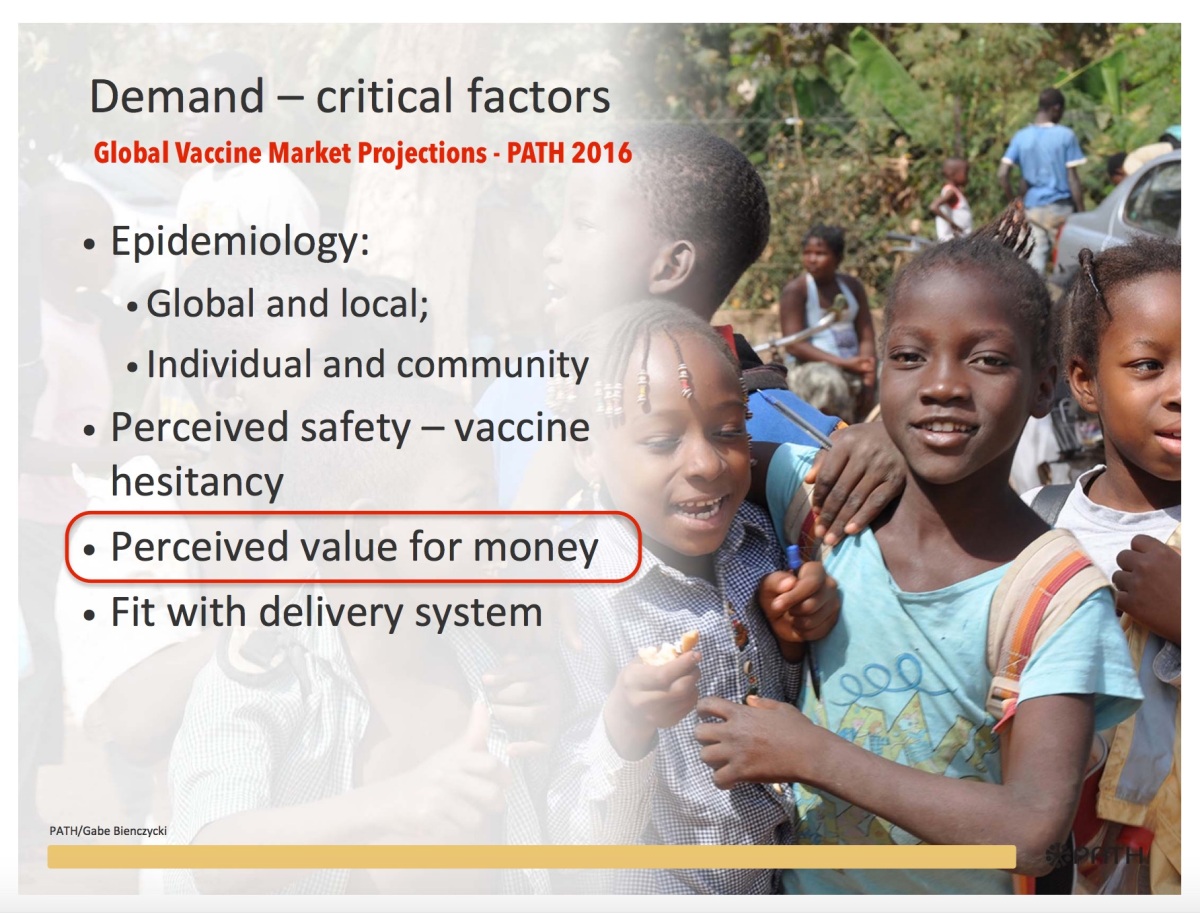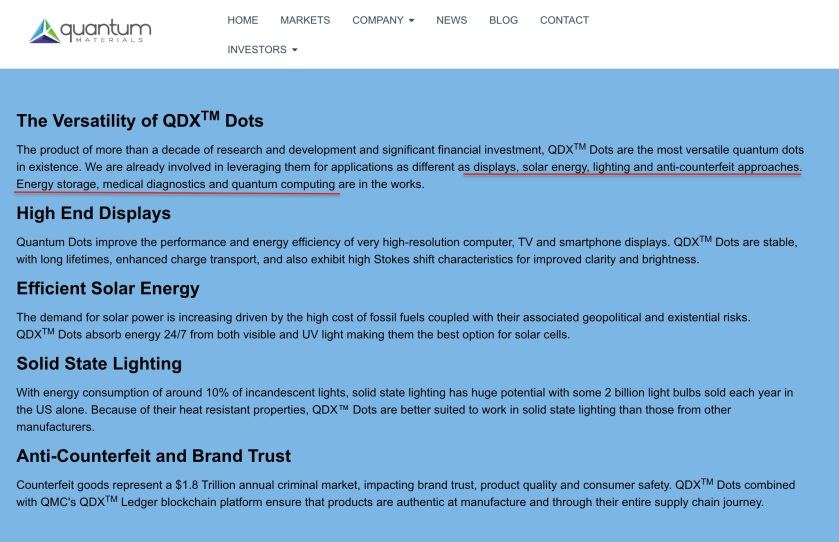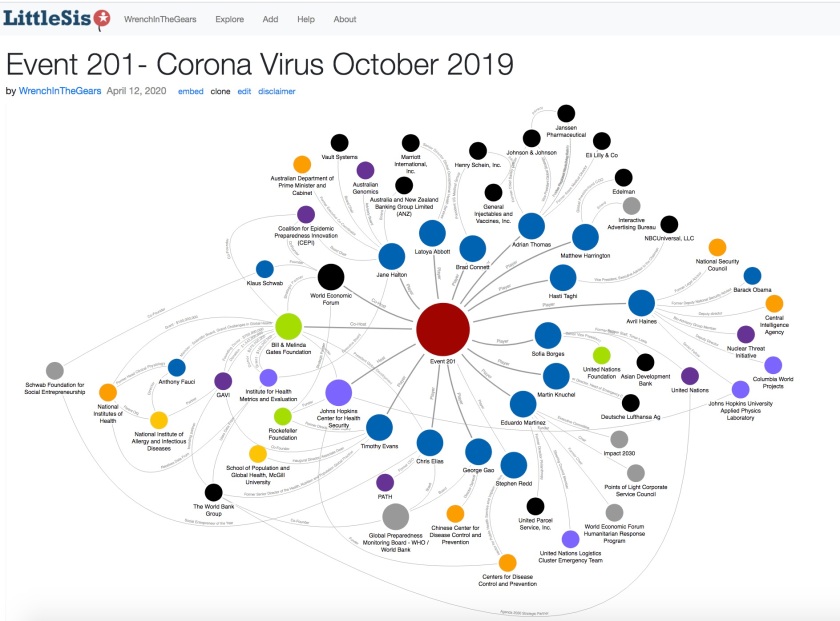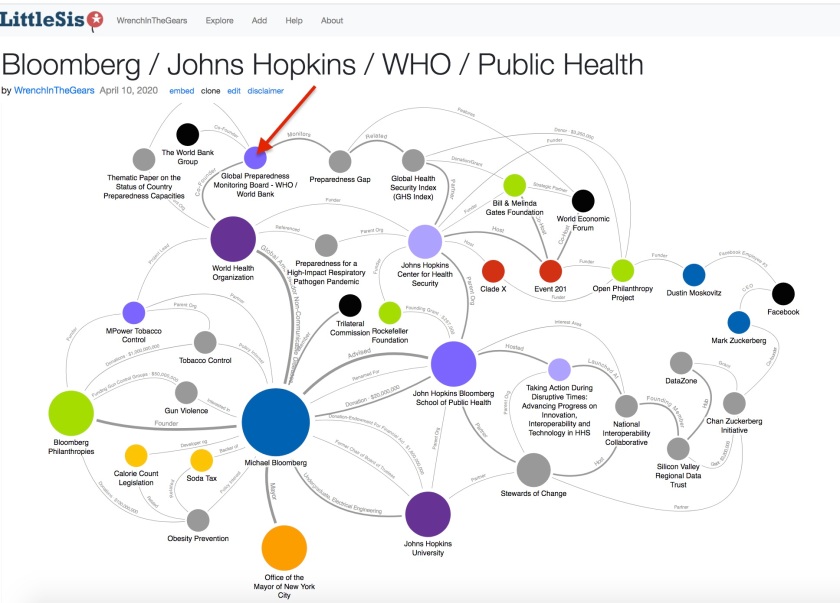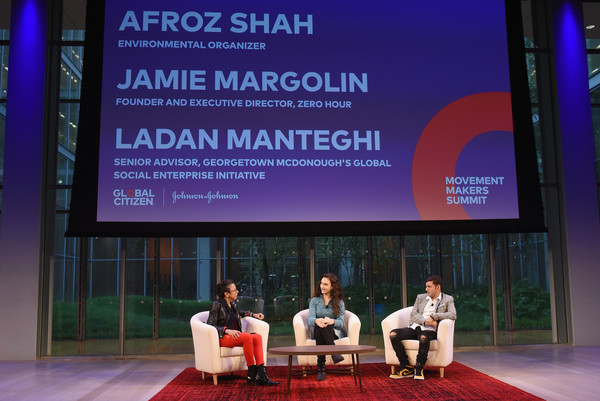Mar 22
20230
Nature Conservancy, Neo-Liberalism and the Defanging of Feminism, Whiteness & Aversive Racism
Barbados Belize Blue Bonds Climate Capitalism Commodification of Nature Credit Suisse Debt-for-climate swaps Debt-for-nature swaps ESG Gabon GEF IMF Imperialism Sri Lanka The Nature Conservancy The Royal Foundation UNDP World Bank “Rhino bond”
Before Collapse, Credit Suisse Quietly Conquered an Obscure Debt Market – Debt-for-nature Swaps
March 21, 2023
By Natasha White
The collapse of Credit Suisse isn’t just worrying for the global financial system. It’s a banking crisis that also has real consequences for the fight against environmental degradation.
Before its rescue by Swiss rival UBS, Credit Suisse had quietly become a major player in an obscure market that purports to help developing countries ease their debt burdens in exchange for protecting nature. Known as debt-for-nature swaps, the complex financial instruments help governments restructure their debt to raise money that can be used to fund conservation efforts.
Credit Suisse was the sole structurer and arranger of the world’s largest debt-for-nature swap, a $364 million deal that it orchestrated in 2021 along with The Nature Conservancy, a charity, for Belize. Last year, it sealed another $150 million deal for Barbados.
The deals were likely a good source of profits for the bank, according to Daniel Munevar, an economic affairs officer at the United Nations Conference on Trade and Development. The Belize deal was “free money for Credit Suisse because they hold no risk whatsoever,” he said. Part of the transaction was insured by the US International Development Finance Corp., which agreed to effectively cover payments if Belize defaulted. Credit Suisse helped design a similar instrument for Barbados, this time backed by the Inter-American Development Bank and TNC.
Officials from Belize, Barbados and TNC said that Credit Suisse’s troubles would have no impact on their existing debt-for-nature arrangements. But any new debt-swap deals that Credit Suisse may have had in the works “will not happen any time soon,” said Munevar.
While debt-for-nature swaps have been around since the 1980s, Credit Suisse has in recent years helped revive interest in the instruments and for the first time opened them up to institutional capital. The bank raised money for Belize and Barbados from pension funds including Sweden’s Alecta and Nuveen LLC, a unit of the US’s TIAA, by issuing so-called blue bonds tied to the deals.
Image source: Carbon Credits website, November 9, 2022, “Debt-for-Nature Swaps Are Drawing Attention, Carbon Credits Play A Role”
To do so, Credit Suisse developed complicated structures involving multiple “special purpose vehicles” responsible for payments that stand alone from the bank after the deal is closed, according to a sustainable bond investor with close knowledge of debt-nature swaps who asked not to be named. Those SPVs will probably insulate borrowers and investors from any fallout from Credit Suisse’s sale, the person said.
The convoluted setup has drawn criticism from sovereign debt experts for its high cost and lack of transparency. And the opaque terms of the Belize and Barbados deals — the first of their kind — mean outside analysts will struggle to assess precisely what comes next.
“We’re feeling around in a dark room,” said Sean Newman, a private investment adviser and former chief investment officer of Sagicor Group, a financial services conglomerate in the Caribbean. “It’s certainly very unprecedented and uncertain times. There may be a gap that will be created and the question then is: Who is going to take that?”
UBS, which declined to comment on the future of Credit Suisse’s debt-for-nature swaps, has indicated it plans to shrink the latter’s investment banking arm.
“Credit Suisse stands by the structures for these transactions, which deliver tangible benefits, as well as their transparency,” the bank said in a statement. “Credit Suisse continues to operate in its ordinary course of business and any suggestion otherwise is false and misleading.”
Several other countries have signaled they’re interested in debt-for nature swaps. Gabon, the world’s fourth most-forested nation, has proposed a $700 million restructuring to protect its marine life. Ecuador is working on an $800 million transaction, Reuters reported, and Sri Lanka is considering a $1 billion deal. Analysts expect the global debt-for-nature swaps market to eventually exceed $800 billion.
The instrument could be a crucial tool for poor countries struggling to find a way to repay debt and protect against nature loss. Thirty-seven low-income countries are currently in or at high risk of debt distress, according to the World Bank. A total of 18 emerging markets have dollar-denominated sovereign debt trading at distressed levels, according to data compiled in a Bloomberg index.
Credit Suisse was also experimenting with other tools to help developing countries fund environmental protection. It was the sole structurer and joint book runner on the World Bank’s $150 million “Rhino bond,” a unique instrument designed to fund the protection of black rhinos in South Africa. The bank had also committed to spend 300 billion Swiss francs ($324 billion) on sustainable finance activities by 2030.
“Anytime there is a bank failure of this magnitude it has a ripple effect across the world,” said Ryan Straughn, an official in Barbados’ finance and economic affairs ministry. “The world cannot afford a financial crisis on top of the climate crisis.”
— With assistance by Sydney Maki and Antony Sguazzin














